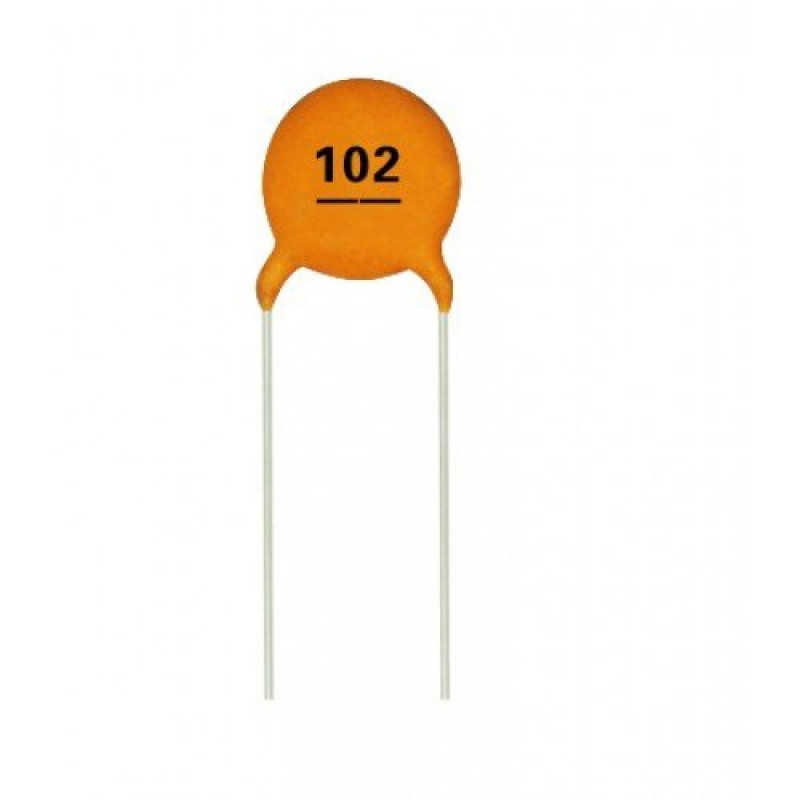Capacitors are fundamental components in electrical circuits, playing a crucial role in storing and releasing electrical energy. Understanding how capacitors work in DC circuits is essential for engineers, technicians, and enthusiasts alike. In this article, we will delve into the intricate mechanisms behind capacitors, exploring their construction, behavior, and applications.
- Capacitor Basics:
A capacitor consists of two conductive plates separated by an insulating material known as a dielectric. When a voltage is applied across the plates, an electric field is established, causing the accumulation of opposite charges on each plate. This charge separation creates an electric potential difference, or voltage, across the capacitor. - Charging and Discharging:
In a DC circuit, capacitors can be charged and discharged. When a voltage is applied, electrons flow onto one plate, causing an excess of negative charge. Simultaneously, an equal number of electrons are repelled from the other plate, creating a positive charge. This process continues until the potential difference across the capacitor matches the applied voltage.
During discharge, the stored energy is released as the capacitor discharges its charge. Electrons flow from the negatively charged plate to the positively charged plate, creating a current. The rate at which a capacitor charges or discharges depends on its capacitance, which is determined by the physical characteristics of the capacitor.
- Capacitor Behavior:
Capacitors exhibit several important characteristics that impact their performance in DC circuits:
- Capacitance: The measure of a capacitor's ability to store charge. It is determined by the surface area of the plates, the distance between them, and the dielectric material.
- Voltage Rating: The maximum voltage a capacitor can withstand without breaking down. Exceeding this rating can lead to catastrophic failure.
- Time Constant: The time required for a capacitor to charge or discharge to approximately 63% of its maximum voltage. It is determined by the product of capacitance and resistance in the circuit.
- ESR and ESL: Equivalent Series Resistance (ESR) and Equivalent Series Inductance (ESL) are inherent properties of capacitors that affect their behavior at high frequencies.
- Applications of Capacitors in DC Circuits:
Capacitors find extensive use in various applications within DC circuits, including:
- Energy Storage: Capacitors can store energy and release it quickly when needed, making them ideal for applications such as flash photography, power backup systems, and electric vehicles.
- Filtering and Decoupling: Capacitors smooth out voltage fluctuations and remove unwanted noise, ensuring stable and clean power supply to sensitive electronic components.
- Timing and Oscillation: Capacitors, in conjunction with resistors, can create timing circuits and oscillators used in clocks, timers, and signal generators.
- Power Factor Correction: Capacitors are employed to improve power factor in AC to DC conversion, reducing energy wastage and improving efficiency.
Conclusion:
Capacitors are indispensable components in DC circuits, enabling energy storage, voltage regulation, and signal processing. By understanding their inner workings, engineers and enthusiasts can harness the full potential of capacitors in various applications. Whether it's energy storage, filtering, timing, or power factor correction, capacitors play a vital role in modern electronics, making our lives more efficient and convenient.

